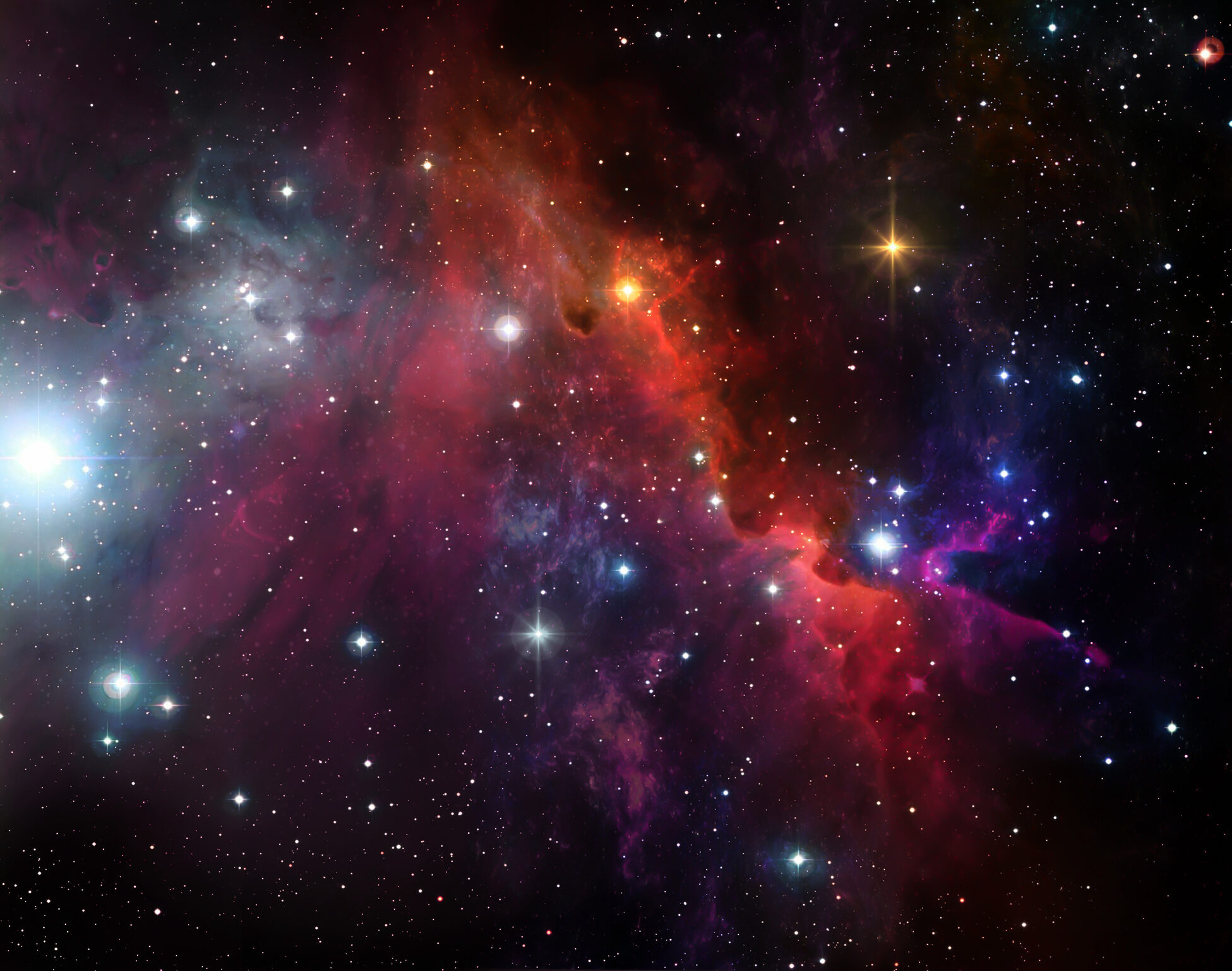In their most recent win in the modern space race, China has now successfully completed another lunar landing. On November 23rd, 2020, the Chang’e 5 was launched from the Wenchang Satellite Launch Center on Hainan Island in China. There are two key pieces involved in the Chang’e 5’s mission: the first piece being the lunar lander. A little over a week after the initial launch, Chang’e 5’s lander made its descent onto the moon on December 1st and landed near a formation called the Mons Rumker. Here, the lander took both surface samples and samples that it retrieved from drilling 6 feet down. The site was chosen because the formation is thought to be much younger and could help tell a more complete story in addition to the older samples the US has collected in decades past. All in all, about 2kg of samples were collected from the moon during the time the Chang’e 5 lander spent on the surface. These samples are the first to be brought back to Earth since the US last collected some in 1979, showing the distinct slowing of progress since that time on the part of the US.
While collecting samples was the main mission, the lunar rover also had a couple of other tasks to do while it was there. It was equipped to extensively photograph the area as well as map and analyze soil conditions below the surface while it drilled.
Perhaps most importantly, though, China unfurled a flag of its own and planted it on the moon, becoming only the second nation to do so aside from the US. If there was ever a clearer signal about China’s current placement in the space race, this would certainly be it. According to state media, the flag is made of special fabric to allow it to withstand the harsh environment of the moon.
The second piece of the Chang’e 5 mission is the lunar orbiter component. While the lander collected samples, the orbiter was left waiting. On December 5th, the lunar lander made the first-ever successful launch from the lunar surface that was completely automated and met up with the orbiter in order to dock and transfer the samples. Another first for China. This was done to ensure the cargo would make it back to Earth safely in a courier that could withstand reentry. It has now returned to earth and China has begun to analyze the samples. It is expected to be a treasure trove of revelations on the moon’s origins and its suitability for mining and colonization as well as a jumping point for deep space exploration.
While China has been making unprecedented progress on space travel for the past few decades, this most recent mission drives home just how far behind the US is lagging in the space race. With the flag having been such a monumental victory for the US in the original space race against the USSR, it seems clear that China is announcing a victory of their own. And that begs the question: What are China’s true motives?
